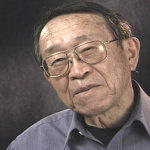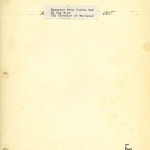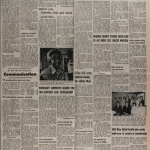Fifth column
A fifth column is a group of people residing in a given country who work to actively support a wartime enemy of that country from within by engaging in espionage or sabotage or who engage in such activities in anticipation of war. The term derives from the Spanish Civil War.
There were two notable instances of fifth column accusations aimed at Japanese Americans. Shortly after the Japanese attack on Pearl Harbor on December 7, 1941, Secretary of the Navy Frank Knox journeyed to the islands and subsequently made the infamous statement, "I think the most effective Fifth Column work of the entire war was done in Hawaii with the exception of Norway." [1] Despite J. Edgar Hoover's later denial of such activity—and the subsequent lack of any evidence to corroborate Knox's assertion—the charges stuck. The subsequent Roberts Commission Report also failed to contradict these charges.
Later, in February 1942, influential syndicated columnist Walter Lippmann wrote a column titled " The Fifth Column on the Coast " based on his discussions with California Attorney General Earl Warren that repeated Knox's charges and that cast doubt on Nisei as well as Issei . The fifth column specter raised by both of these instances—despite the lack of any actual evidence to suspect Japanese Americans—contributed to the climate that culminated in Executive Order 9066 .
For More Information
Commission on Wartime Relocation and Internment of Civilians. Personal Justice Denied: Report of the Commission on Wartime Relocation and Internment of Civilians . Washington, DC: Government Printing Office, 1982. Foreword by Tetsuden Kashima. Seattle: University of Washington Press, 1997.
MacDonnell, Francis. The Axis Fifth Column and the American Home Front . New York: Oxford University Press, 1995.
Robinson, Greg. A Tragedy of Democracy: Japanese Confinement in North America . New York: Columbia University Press, 2009.
Footnotes
- ↑ Cited in Greg Robinson, A Tragedy of Democracy: Japanese Confinement in North America (New York: Columbia University Press, 2009), 63.
Last updated June 12, 2020, 4:44 p.m..

 Media
Media


![[Report on sabotage and espionage, table of contents and pages 27-50] [Report on sabotage and espionage, table of contents and pages 27-50]](https://encyclopedia.densho.org/front/media/cache/84/81/84810e0fd78d0b58160e3cc47b03e942.jpg)


![[Report on sabotage and espionage] [Report on sabotage and espionage]](https://encyclopedia.densho.org/front/media/cache/74/1a/741a14dbb58bd23d49a69064d99d8f5d.jpg)

